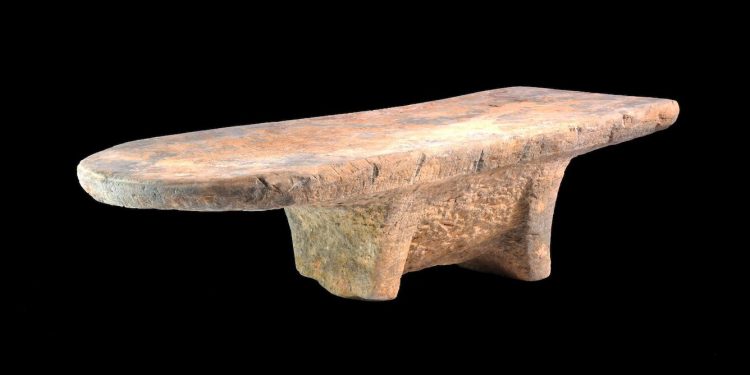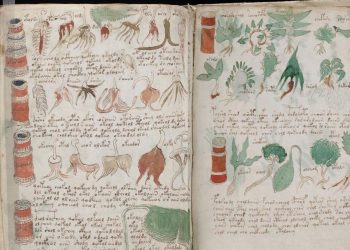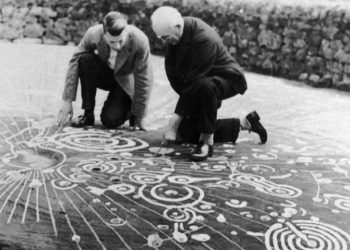In what is perhaps a rather strange discovery, a group of researchers has found a 2,000-year-old curry recipe.
The diverse, aromatic flavors of curry that spice up our dinner tables trace back centuries, spanning various cultures and continents. Recent research reveals an intriguing history of spice trading, even shedding light on the oldest known curry recipe outside India.
Researchers unearthed evidence suggesting curry-making was prevalent in Southeast Asia about 2,000 years ago, specifically in southern Vietnam’s Oc Eo archaeological site. Eight distinct spices were discovered, some having traversed thousands of kilometers via sea, contributing to a tantalizing ancient curry blend.
A 2,000-Year-Old Curry Recipe
Originally investigating the ancient spice trade and the use of “pesani” grinding tools, the researchers turned their attention to curry upon discovering the various spices. By analyzing starch grains using microscopic remains from the grinding tools, they unearthed precious insights into historical food processing and spice use.
From the 40 tools analyzed, a dozen revealed traces of various spices, including turmeric, ginger, fingerroot, sand ginger, galangal, clove, nutmeg, and cinnamon. Dating of charcoal and wood samples associated with the site established the Oc Eo complex’s occupation between the 1st and 8th centuries CE.
Bridging the Spice Trade Gap
Previously, the ancient curry evidence was mainly centered around India, while information on the early spice trade came from ancient Indian, Chinese, and Roman documents. This study offers tangible confirmation that spices were globally traded and treasured commodities nearly two millennia ago.
Several spices discovered at Oc Eo required transportation from far-flung regions across the Indian or Pacific Ocean, testifying to curry’s intriguing history beyond India. The laborious preparation process suggests a deep appreciation and desire for curry flavors, even outside of India, around 2,000 years ago.
Time-Tested Tastes
Remarkably, the curry recipe used in contemporary Vietnam shares key components like turmeric, cloves, cinnamon, and coconut milk with the ancient Oc Eo version, a testament to the enduring allure of a well-crafted recipe.
This investigation primarily centered on microscopic plant remains. Further analyses of preserved seeds collected during the excavation could reveal additional spices or unique plant species, enhancing our understanding of the region’s culinary past and potentially shedding more light on the early global spice trade.
PLEASE READ: Have something to add? Visit Curiosmos on Facebook. Join the discussion in our mobile Telegram group. Also, follow us on Google News. Interesting in history, mysteries, and more? Visit Ancient Library’s Telegram group and become part of an exclusive group.











